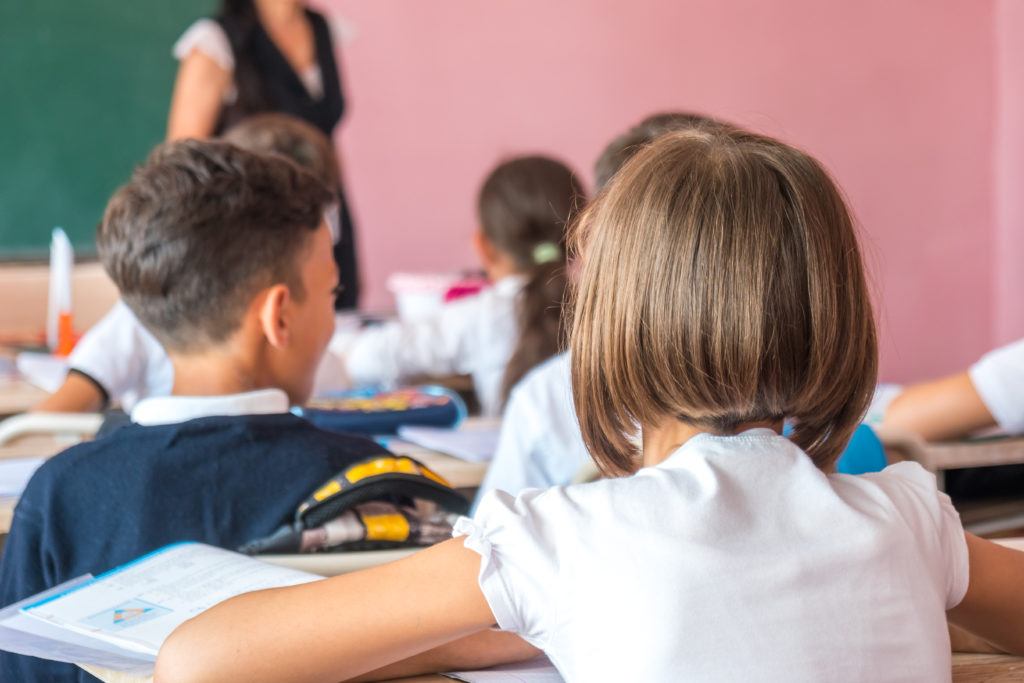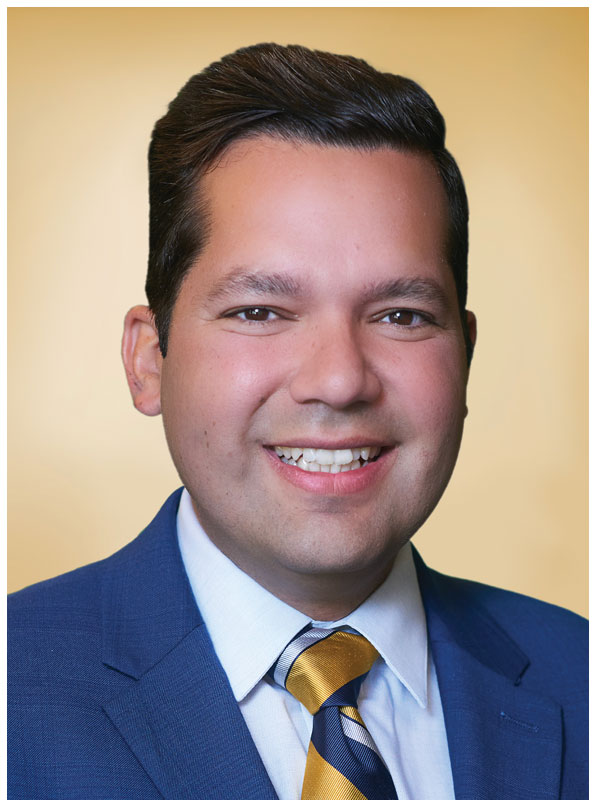Facing the new wave of immigrants: Are Doral schools over capacity?
By: Diana Bello Aristizabal
In January 2023, there was a significant increase in the number of immigrants arriving in Florida from Latin American countries. This, in turn, led to an increase in student enrollment within Miami-Dade County schools, which now have nearly 1,400 more students compared to last school year. Is the trend similar in Doral?
To analyze how Doral is dealing with the wave of new immigrants, it’s imperative first to know what the term ‘capacity’ entails, which can be understood in two ways: We speak of physical capacity, that is, having enough space to house a given number of students and capacity in terms of class size based on teacher ratio.

“This is where we’re having a problem,” explains Danny Espino, member of the Miami-Dade School Board for District 5, who adds that the school district has welcomed nearly 15,000 new students so far this year, of which a large majority come from Cuba, Haiti, Nicaragua, and Venezuela.
According to the school representative, District 5 schools, generally speaking, do have classrooms set up to receive new students, and most, in fact, still have low enrollment rates. However, the concern is that there is still a significant teacher shortage in the county, resulting in an inadequate number of teachers relative to the number of students.
“We are receiving this wave of immigrants while still dealing with the effects of the pandemic, as we have more than 220 vacant positions that haven’t been able to be filled with qualified workers. In addition, every day, we demand more from our teachers, and we exceed their capacity,” says Espino.
In other words, many schools cannot receive more students because there are not enough teachers to teach them. The situation is further complicated if we take into account that many arrive in Florida without speaking English, with psychological trauma as a result of migratory displacement, and even without having previously had a formal education.
“Our challenge is to not only ensure the new students have a place at our schools and can develop academically, but also to integrate them without affecting the older ones,” says Espino.
However, at the Doral level, the outlook seems to be more encouraging, with the exception of the JC Bermudez Doral Senior High School. Per state law requirements, its student population exceeds the maximum capacity based on the number of teachers for every 9 students, according to data provided by School Board Representative Danny Espino.

Among the strategies that will be adopted to address this issue are promoting dual enrollment opportunities to qualified students, applying methods to maximize the use of instructional staff, and deploying district employees with core-curricular certification to classrooms, among others.
Despite this identified case, in Doral schools, there are enough teachers to meet the demand, although there are still vacant positions that must be filled. “We have to continue recruiting teachers to be able to maintain the level at which we are and not suffer a regression, but the schools in this community are neither under nor over their capacity,” Espino explains.
In the meantime, the school board is working to understand what type of services the new students require, such as psychological support or technological resources, since many do not have Internet access, while implementing strategies so that schools comply with the rate of teachers established by law.
But in order to attract qualified staff to classrooms, it is necessary to improve teachers’ salaries because for this very reason, there has been a deficit. In this regard, Espino comments that at the state level, they are talking about establishing a fund that will improve the conditions and income of school workers.
Where are the new students?
Although in general Doral schools have not been seriously affected by the wave of immigrants, an interesting dynamic has arisen that is worth analyzing. This has to do with the type of education that newcomers choose despite having several options at their disposal, such as public, charter, or private schools.
“The newcomer has the perception that charters are the best alternative. For this reason, we are seeing there has not been a significant increase in student enrollment at public or private schools compared to charters,” says Doral’s vice mayor, Rafael Pineyro, who has been following up this issue with the purpose of supporting new families from his position.

However, according to the vice mayor, people are not opting for the new charters in high school education but for older ones like Downtown Doral Charter Upper School and Doral Academy.
“Public schools still have registration capacity, but families are not selecting them. They prefer to be part of a long waiting list like the one these two charters have because they are so popular.”
And why do immigrants prefer charters? According to Pineyro, there is a general belief that their standards are higher. “The public school curriculum is just as good. In addition, this trend also has to do with the fact that charters limit class size while public schools don’t, especially now that there is a shortage of teachers.”
But regardless of the path newcomers choose, Rafael’s goal as an elected official is to make sure families have the necessary knowledge to adequately adapt to this community.
“Although, as a city, we have no interference at the school level, I want to propose a support system for new residents that allows them to know basic information such as where to vaccinate their children, what organizations help with immigration issues or how to get free legal assistance, among other topics.”
He clarifies this initiative didn’t arise as a response to the wave of immigrants, but rather as a response to how difficult it’s for new residents to access information. Even so, it can be very useful for people who come from other countries and, therefore, lack knowledge of how the American education system works or where to find the ideal school for them.
“The goal is to serve as a guide so that children can continue with their education without setbacks. It is also expected that this mechanism helps parents identify the programs that we have to assist them in the care and coaching of their children,” Pineyro explains.
On the other hand, he also aspires to implement another project focused on creating sports and cultural spaces in the city parks after school in order to keep them busy and safe while they develop their creativity or strengthen their talents.
“I see it as a kind of incubator in alliance with universities at the local level. We already have many programs of this type but I would like to make them more accessible for parents in terms of costs.”
“As an elected official, I will always look for a way to make new residents feel included in this community and that they can access the same opportunities as others, while always urging them to follow the rules and laws for the safety of all.”
Danny Espino, for his part, encourages the community to be compassionate to newcomers and help them adjust to our schools. “The lines of communication can be difficult for them to navigate. That’s why we all need to work to get families involved in the community so no child is left behind.”

